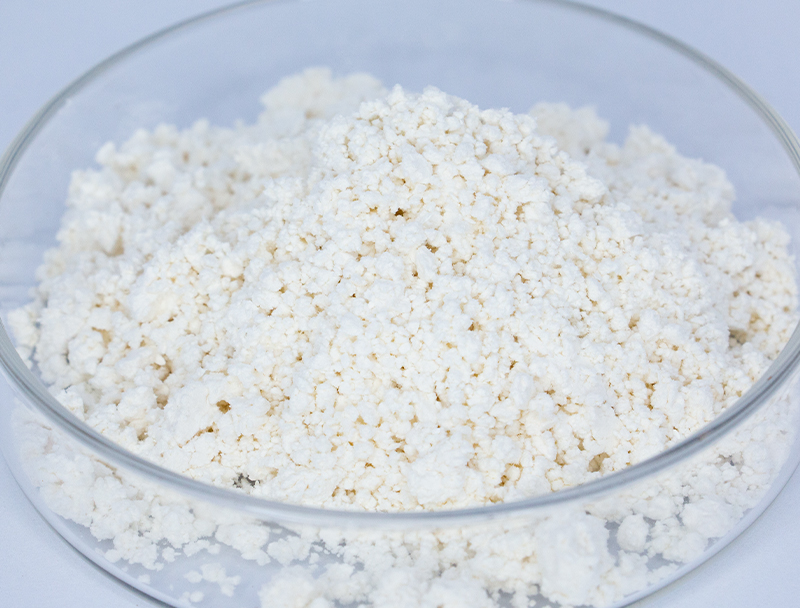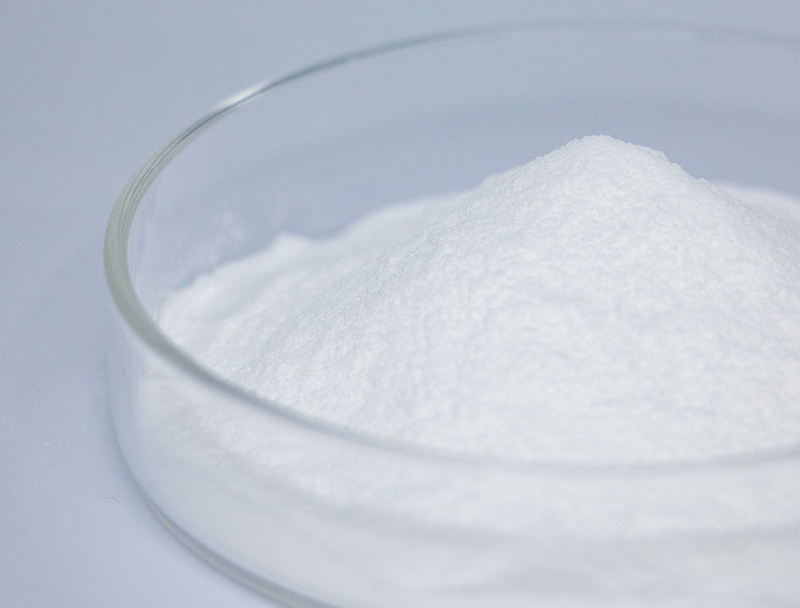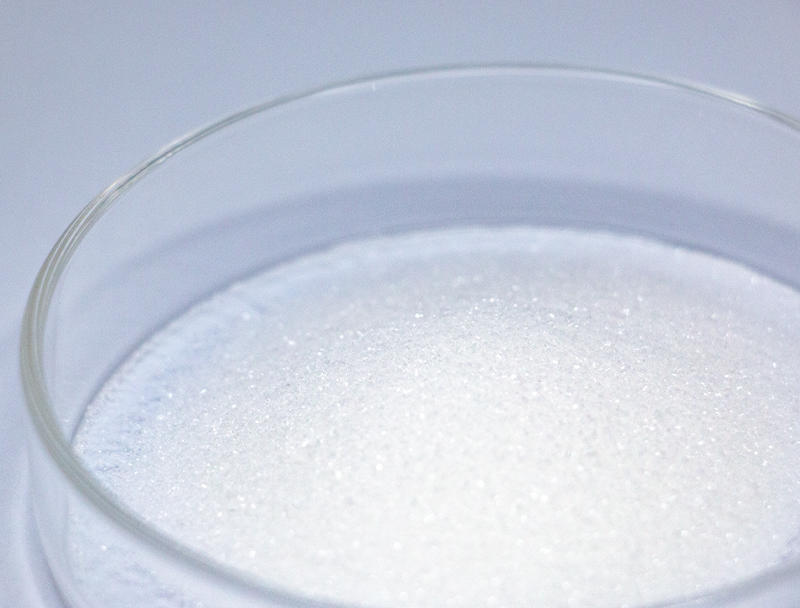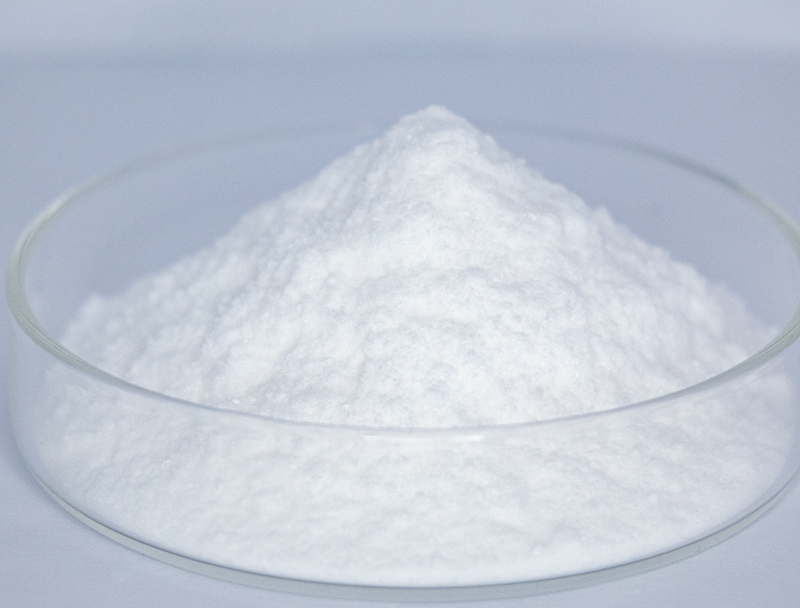certified quality-assured precursors high quality alpha-ketoglutaric acid

Industrial biosynthesis counts extensively on a wide assortment of raw materials for generating cutting-edge biobased goods.
Safeguarding responsible procurement of such inputs is critical to longevity and principled development in the sector.
many concerns related to standard raw input procurement including carbon-intensive impacts and resource exhaustion. Accordingly, manufacturers should embrace green sourcing tactics to shrink their ecological impacts.
- Instances of green procurement approaches are:
- Employing waste-stream inputs from industry leftovers
- Establishing regenerative loops to cut waste and elevate material utilization
- Connecting with nearby vendors prioritizing responsible supply
The transition to greener sourcing offers both planet-friendly outcomes and business advantages.
Advancing Biomass Preparation for Elevated Biofuel Production
Optimizing biofuel yields depends strongly on feedstock quality and makeup. Engineers continually develop approaches to improve biomass suitability, facilitating elevated yields and a renewable energy transition. Methods encompass cellular engineering to augment biomass output and refining processes to liberate fermentable carbohydrates.
- Concurrently, efforts examine seaweed, industrial byproducts, and crop residues to increase the variety of renewable feedstock alternatives for fuel production.
- As a result of relentless efforts the industry should deliver significant enhancements paving a path to sustainable energy.

Optimizing Early-Stage Biomanufacturing Processes
involves foundational activities from cultivation to biomass harvest Current advancements have streamlined operations and improved bioproduct yields.
Salient improvements involve specialized expression hosts, fine-tuned media strategies, and next-gen bioreactor concepts. The improvements increase output while decreasing cost structures and sustainability impacts.
- Additionally, a shift to integrated continuous operations is providing enhanced flexibility and responsiveness in production.
- Embracing sophisticated manufacturing strategies is poised to change industry norms and shorten development cycles.

Next-Gen Gene Editing for Enhanced Protein Expression
refinements in gene-targeting technologies have advanced protein production workflows. With exact genomic alterations, researchers improve host productivity for therapeutic manufacture. This capability can unlock development of cost-efficient, high-performance biologics for many conditions.
Harnessing Microbial Biotechnology for Sustainable Bioremediation
cutting-edge microbial approaches that remediate contamination sustainably. Selected microbial cultures can remediate contaminants through biodegradation pathways.. Applying microbial remediation systems creates low-impact cleanup options that address contamination efficiently.. Analysts explore microbial consortia for targeted removal of metal toxins, pesticide residues, and petroleum contaminants.. These microbes operate in engineered systems or direct environmental applications to metabolize and remove contaminants.
Microbial-based approaches to remediation bring considerable advantages over traditional solutions. These methods are economical and eco-conscious while reducing hazardous secondary waste. Similarly, microbe-based remediation affords specificity that avoids extensive ecosystem disturbance. 4-Aminobutyric acid Ongoing innovation aims to boost the throughput and efficacy of microbe-driven remediation approaches.
Bioinformatics' Impact on Drug Design
Bioinformatics techniques are integral to present-day therapeutic development workflows. By screening targets and refining candidate molecules, informatics drives faster, evidence-based development.
- By analyzing vast datasets of genomic, proteomic, and clinical data, bioinformaticians can uncover novel drug targets and predict the activity of potential therapeutics.
- Concurrently, virtual screening and simulation shape the development of more effective therapeutics.
- In summary, bioinformatics overhauls pharmaceutical R&D and quickens the path to safe therapeutics for patients.
Engineering Cellular Pathways for Improved Bioproduct Output
employs a variety of strategies to augment the synthesis of valuable bioproducts within microorganisms. Approaches may include genome edits to rewire pathways, transcriptional control to tune expression, and heterologous gene insertion to add functions.. Via targeted metabolic optimization researchers can meaningfully escalate production of desired biochemicals.
This multifaceted approach has the potential to revolutionize a broad range of industries, including biopharmaceuticals, agriculture, and bioenergy.

Upscaling Biopharma: Obstacles and Potential Gains
Scaling up biopharmaceutical production presents both significant challenges and exciting opportunities. Keeping consistent product performance at elevated volumes is a significant challenge. Meeting the need calls for dependable control systems, granular monitoring, and cutting-edge analytical methods.

One issue is the complexity of biopharmaceutical manufacturing processes, which often involve multiple steps.. Translating lab methods into scalable operations needs heavy research and technology breakthroughs.. Even so, the payoff can be large. Achieved scale can widen availability of treatments, lower manufacturing costs, and boost financial returns.
Different initiatives are progressing to solve scale-up constraints. Efforts include process-digitization tools, integrated analytics for monitoring, and fresh manufacturing paradigms.
- Innovation programs are essential to expand production competencies.
- Regulatory agencies are working to streamline approval processes for new manufacturing technologies, facilitating innovation in the field.
Navigating the Regulatory Landscape for Biopharmaceuticals: Ensuring Safety and Efficacy
Manufacturing biopharmaceuticals entails detailed regulatory processes to copyright safety and clinical performance. Products of biological origin introduce specific challenges that differ from standard drug development.
Authorities including the FDA and EMA implement guidelines and thresholds to assess and approve novel biologic products.
Strict validation and testing steps are required across the product lifecycle from lab studies to post-market oversight.. The processes aim to expose risks and ensure that treatments meet exacting safety benchmarks.
Additionally, regulators regularly update methods to match the pace of fast-moving biopharma innovations.. Policies involve deploying novel tech and expediting development while preserving commitment to patient safety.

Evaluating Plant Biomass for Bioplastic Production
Growing emphasis on eco-conscious materials catalyzes research into plant-based options. Plant-based bioplastics made from biomass feedstocks present a hopeful path to reduced plastic impact. Organic feedstocks like cornstarch, cellulose, and sugarcane can be converted to compostable polymers that shrink the environmental footprint of plastics.
Concurrently, several bioplastic formulations approximate conventional plastic traits and serve wide-ranging applications. Further innovation is required to mature plant-based bioplastics for broad adoption and circular economic models.
Emerging Biotech Solutions for Health and Food Security
Modern biotech tools present opportunities to improve global health and stabilize food production. Using genome engineering, synthetic biology techniques, and cell-based treatments, innovators devise ways to tackle pathogens, amplify yields, and improve nutrition.. As an example, crop genetic improvements for pest and stress resistance help boost production and cut dependence on chemical pesticides.. Concurrently, biotechnology drives development of immunotherapies, antibiotics, and diagnostics that play a key role in controlling diseases and improving health metrics. Looking forward, continued biotech progress promises to deliver therapies and agricultural solutions that support health and sustainability worldwide.
 α-Ketoglutaricacid
α-Ketoglutaricacid